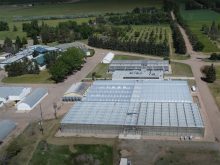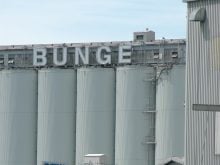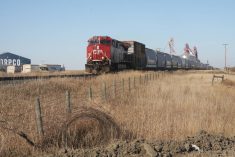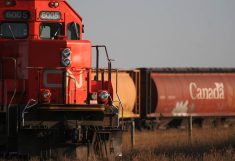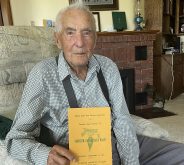Manitoba farmers are starting to shy away from growing insecticide-treated soybean seed.
“Farmers are changing their minds, mainly because of the commodity prices right now…. They’re choosing to cut back on costs,” said Dylan Wiebe, who operates LD Seeds in Altona, Man.
“In our area, a lot of guys are cutting back on the insecticides.”
On-farm trials suggest neonicotinoid seed treatments offer limited agronomic benefit for soybeans.
Manitoba Agriculture entomologist John Gavloski has told producers that neonicotinoid seed treatments are necessary on only 20 percent of the soybean acres in the province because less than 20 percent of fields have a problem with wireworms.
Read Also
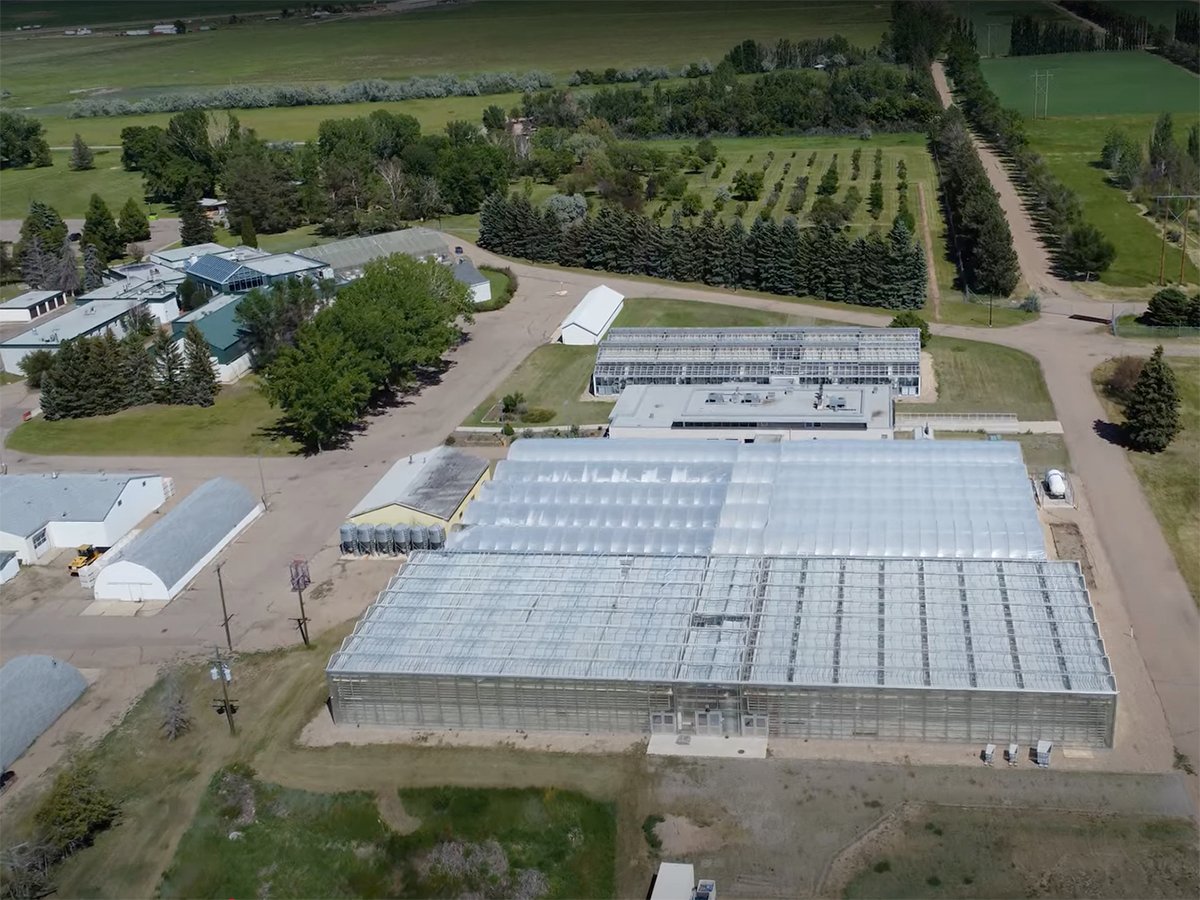
Alberta crop diversification centres receive funding
$5.2 million of provincial funding pumped into crop diversity research centres
“If you can’t identify what pest you’re going after, if you don’t have a problem, then the question becomes why are you doing it?” said Terry Buss, a soybean expert and Manitoba Agriculture crop production adviser in Beausejour.
The Ontario government introduced regulations last year to limit the use of neonic seed treatments on corn and soybeans because the class of insecticides has been linked to bee colony losses in the province.
“I think there’s an awareness of what’s happened in Ontario, and I think there’s a consciousness that we have to be good stewards,” Buss said last week during a coffee break at the Crop Connect conference in Winnipeg.
“I’ve heard that from (farmers) and I’ve heard that from retailers.”
Research by Manitoba Pulse and Soybean Growers produced a different result. Trials on 10 farms that compared soybeans with fungicide and insecticide to seed with no treatment showed little or no difference.
“Average crop establishment did not differ between treated and untreated,” the association said in a report. “The average yield increase … was one bushel per acre.”
Assuming a seed treatment cost of $10 per unit and a price of $10 per bushel, the association said “the use of a seed treatment is not economical, based on average 2015 results.”
It will continue the research this year.



